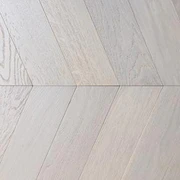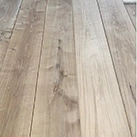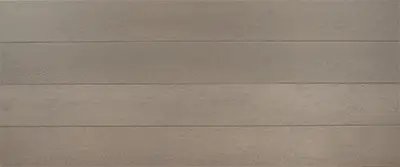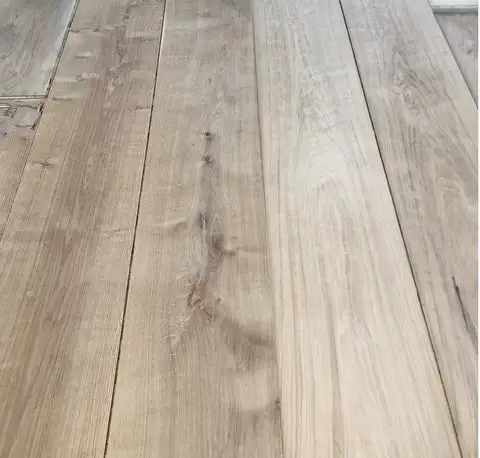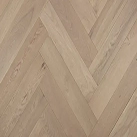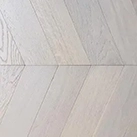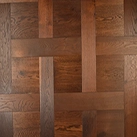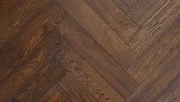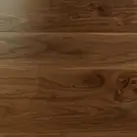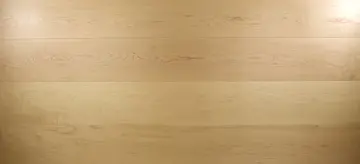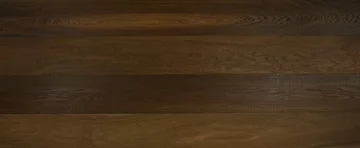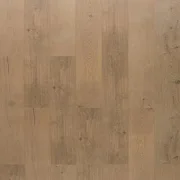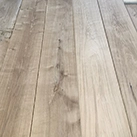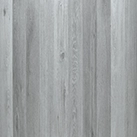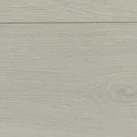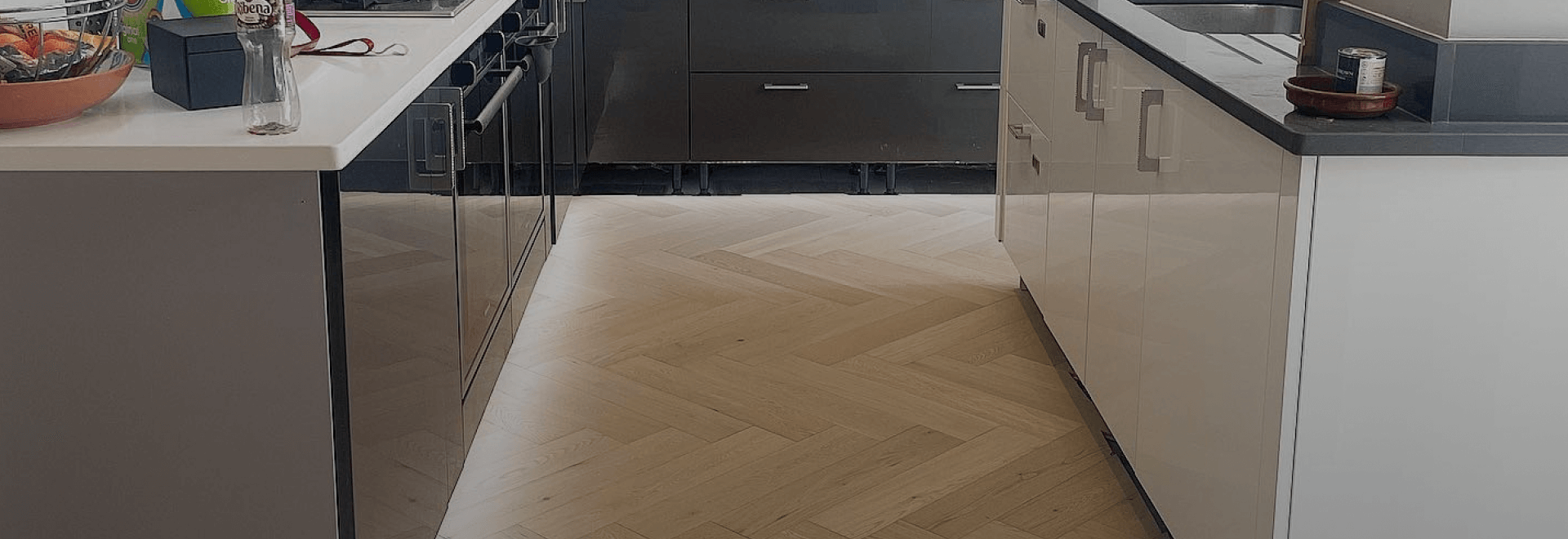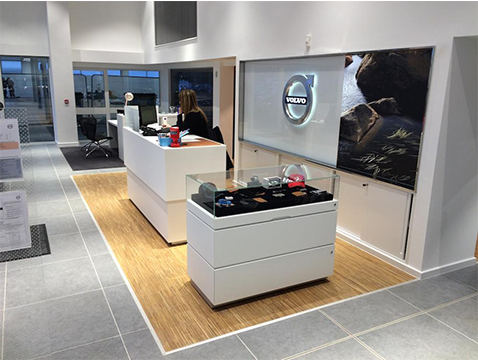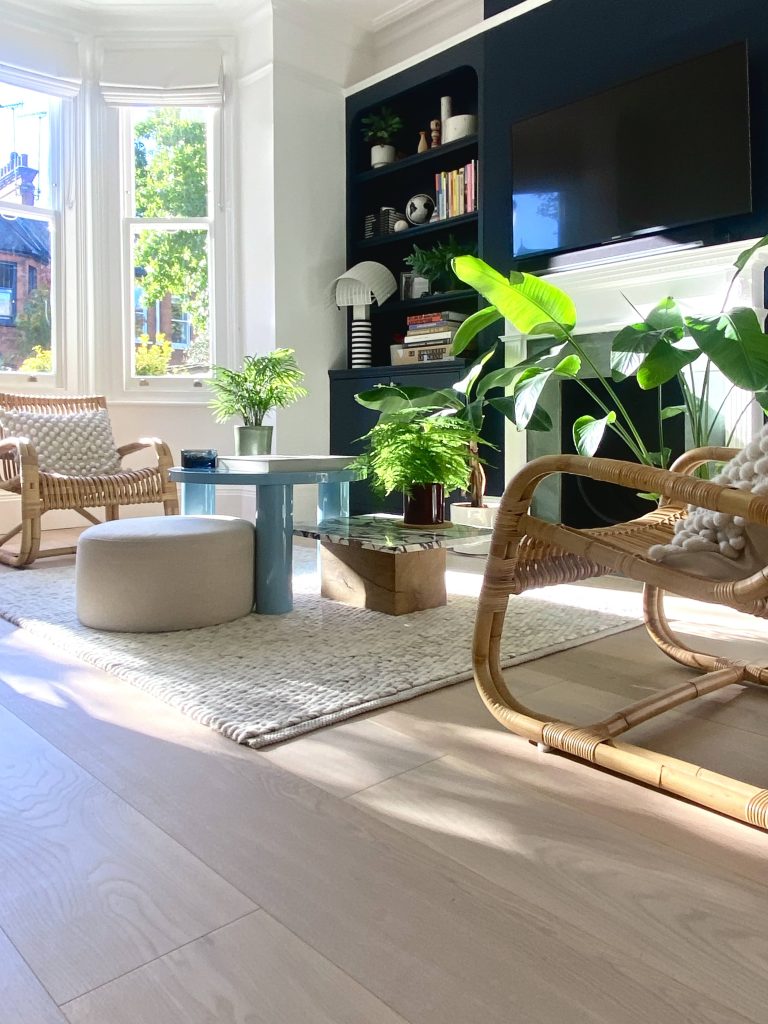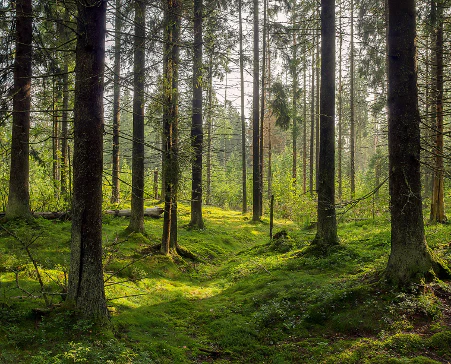
Today all we hear are companies declaring their products are ‘Sustainable, Fully Sustainable, Green and Eco Friendly’. These are the latest buzz words, but clients only want to buy ‘sustainable’ flooring for their projects. So, what is ‘sustainable’ flooring and how can you ensure what you buy and supply is truly that?
Sustainable flooring should be produced from sustainable materials, and by a sustainable process that reduces demands on ecosystems during its life-cycle. That’s the essence of sustainability, which includes harvest, production, use and disposal.
SUSTAINABLE WOOD FLOORING SHOULD NOT IMPACT THE ENVIRONMENT IN ANY WAY, THROUGHOUT ITS LIFE CYCLE, FROM HARVESTING TO DISPOSAL
Sustainable timber refers to timber that has been harvested responsibly from well-managed forests that are continuously replenished and ensure that there is no damage to the surrounding environment or native flora and fauna.
An increasing number of developers are looking for ways to be more sustainable with their projects, and when it comes to sustainable flooring, engineered wood fits the bill perfectly.
THE PROCESS OF MANUFACTURING ENGINEERED WOOD FLOORING USES FAR LESS OF THE TREE PER PLANK THAN A SOLID HARDWOOD FLOOR
Our manufacturing processes alone make it a more sustainable, environmentally friendly and natural wood product. The process doesn’t involve toxic glue, making engineered wood flooring better for your health.
Bamboo, although a very sustainable product, uses very toxic glues in its manufacturing process, which can contaminate the air you breathe. Cork is made from organic and renewable materials that are both biodegradable and recyclable, making it a versatile and sustainable product for the environment.
Oak floors are considered one of the most sustainable options because forest management protection programs and regulations make sure these trees are regularly replanted in forests. Oak also has a smaller carbon footprint and releases fewer toxic emissions during the manufacturing process than other options.
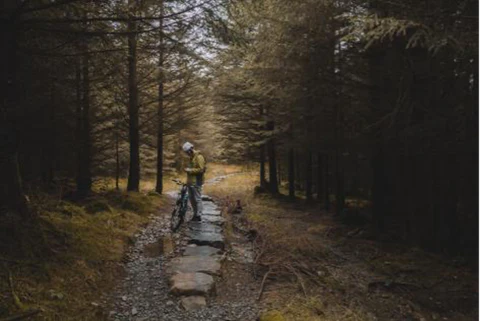
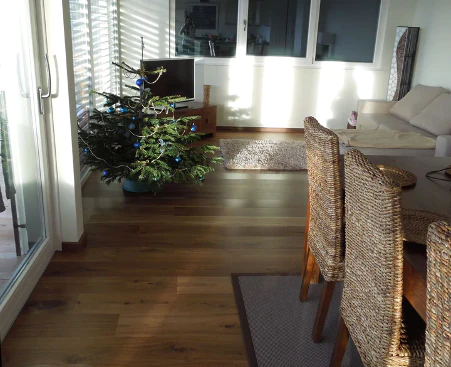
ALWAYS LOOK FOR OFFICIAL CERTIFICATION OF THE WOOD’S SUSTAINABLE SOURCE, EVEN IF IT SAYS IT’S FROM THE EU
To ensure you only buy sustainable wood, you should always lookout for the FSC’s official certification. Their internationally recognised standards provide complete assurance that you’re purchasing from sustainable sources and thereby protecting the planet’s forests for future generations.
If you find a retailer with a sustainable or green logo on their website, check to see what it means. It may be that all their products are ethical, but equally, there could be just one product that fits the bill.
IF YOU CAN’T FIND THE INFORMATION YOU NEED TO CLARIFY THE PRODUCT YOU WANT IS SUSTAINABLE, DON’T BE AFRAID TO ASK.
The Solid Wood Flooring Company, despite the name, manufactures engineered wood flooring.
We unreservedly condemn illegal logging or sourcing material from deforested regions. Therefore, we never harvest materials from rainforests and will not manufacture some exotic wood species. Sadly, so much timber from these areas comes from questionable sources. With modern oiled finishes, we can create a vast choice of colour tones on Oak flooring, so it seems so wasteful that people are still selling flooring that comes from our ever-reducing rainforests.
We only manufacture our own wooden flooring and can therefore control the sources of our raw material, unlike a number of our competitors who buy from traders.
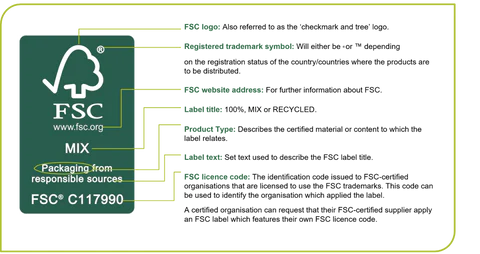
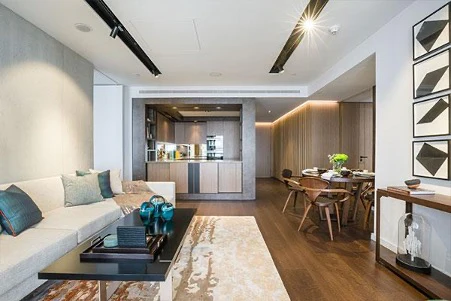
WE ARE FSC AND PEFC CERTIFIED, WITH MEMBERSHIP TO THE TIMBER TRADE FEDERATION AND A RESPONSIBLE PURCHASER WITH FULL CHAIN OF CUSTODY
This means that all our certified flooring can be traced to the responsibly managed forest where it was harvested. This is just one of the ways we ensure all our products are sustainably sourced.
You can view our certification here:
Remember, when you’re investing in sustainable products, use this checklist:
- Buy FSC and PEFC certified products.
- Research websites for documents and certificates.
- Buy engineered wood flooring, not solid wood flooring.
- Establish that the wood comes from well-managed forests.
- If in doubt, ask.
You can learn more about our commitment to sustainability here.


